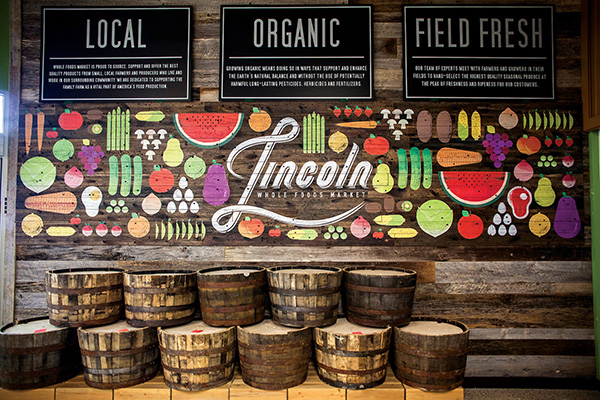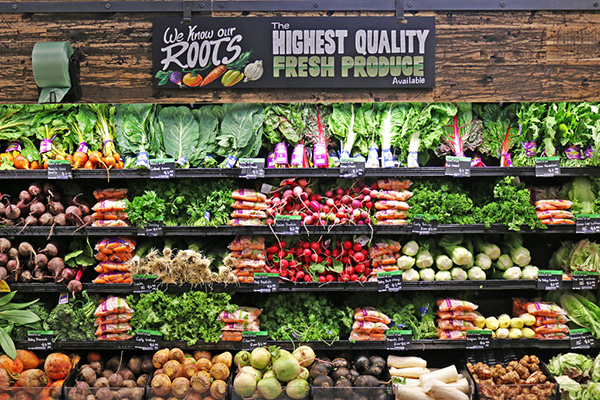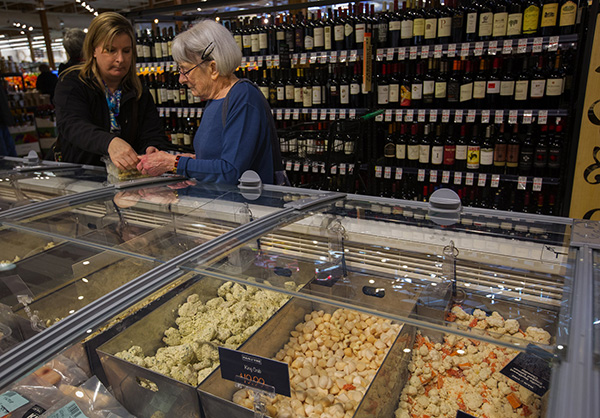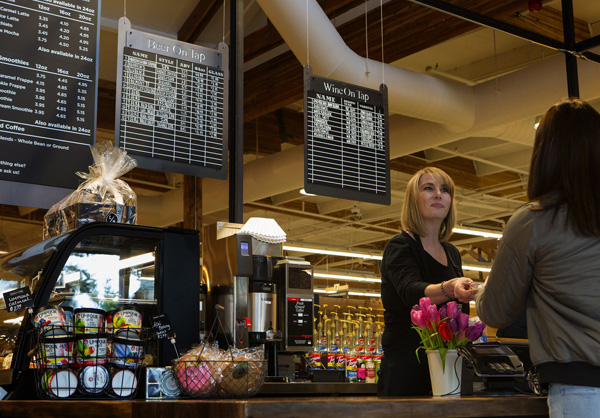After Amazon acquired Whole Foods last summer many analysts speculated on the strategic implications of the merger. Most indications pointed towards reduced prices, but most probably didn’t anticipate the online giant to shed the essence of what made Whole Foods consumer’s choice as their local neighborhood market. In an effort to become more efficient and profitable though, Whole Foods is aggressively simplifying operations by centralizing purchasing, and cutting back on local initiatives.


The grocer publicly stated that local suppliers and products are still crucial to the success of the company, but some are already sensing a noticeable shift. In addition to claims of less local visibility and shelf space, the brand is actively shifting the operations of their supplier demonstrations. What was once an option for suppliers to conduct in-store product demos, oversee their merchandise, and impact visual displays, is moving towards a pay to play model. Whole Foods is now requiring suppliers to not only pay a fee for in-store demos, but also work with a dedicated strategy firm to manage coordination of shelf inventory and presentations.
While Whole Foods makes a move to mass though, Kroger fights to maintain market share by refocusing efforts locally. The brand recently launched “We Are Local,” a website allowing local and emerging brands to pitch their products directly to buyers at the grocer’s 2,800 stores. The grocer currently sources products from over a thousand local suppliers, but hopes to expand its portfolio, financially stimulate local communities, and make local products even more affordable and accessible to the customers they serve.


“Kroger has always had a commitment to supporting small-business owners and local vendors. Our business has a track record of successfully blending centralized and decentralized decision making to promote local products while also enjoying economies of scale. Since Kroger’s day one, we have had a longstanding, 365-day-a-year commitment to support and source from local farmers, ranchers, food producers, wineries, breweries and product makers. There are tastes and products that are unique to every region,” Mike Donnelly, Kroger’s EVP of merchandising and procurement, stated to the press.
Kroger’s initiatives not only support consumers increasing desire to know where from comes from and how its made, but also that it’s a profitable opportunity as Whole Foods leaves more of a gap in the market. According to food industry research firm Packaged Facts, local food sales in the U.S. grew from $5 billion to $12 billion between 2008 and 2014, and are predicted to reach $20 billion in 2019, outpacing the growth of the country’s total food and beverage sales.
Beyond providing locally sourced product the brand has made a conscious effort and key priority to be a trusted partner in the hundreds of communities across the country. Since 2010, Kroger has generated $1.8 Billion dollars towards local community impact with initiatives like fighting hunger through a partnership with Feeding America, and disaster relief efforts through the American Red Cross.
Photo Credit: Seattle Times | Inspired By Nick | Eric Nyffler |


